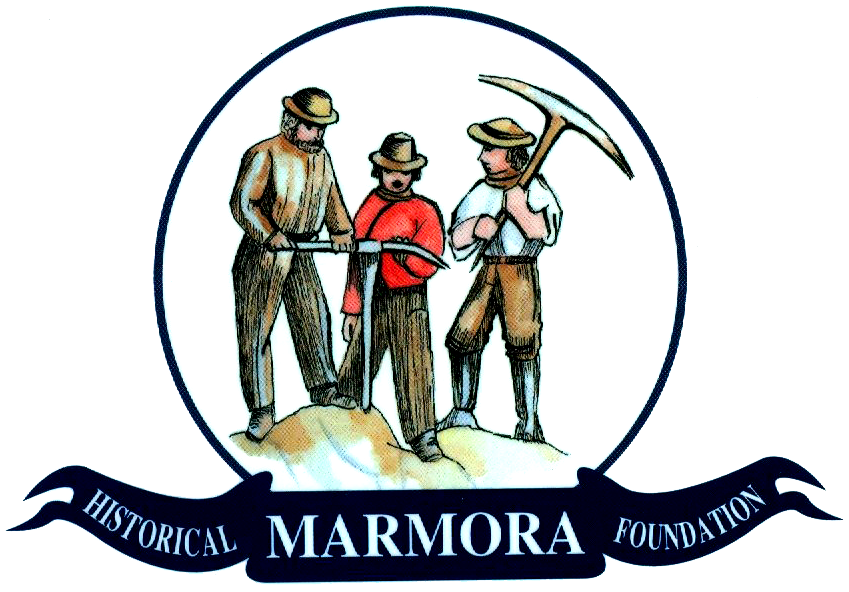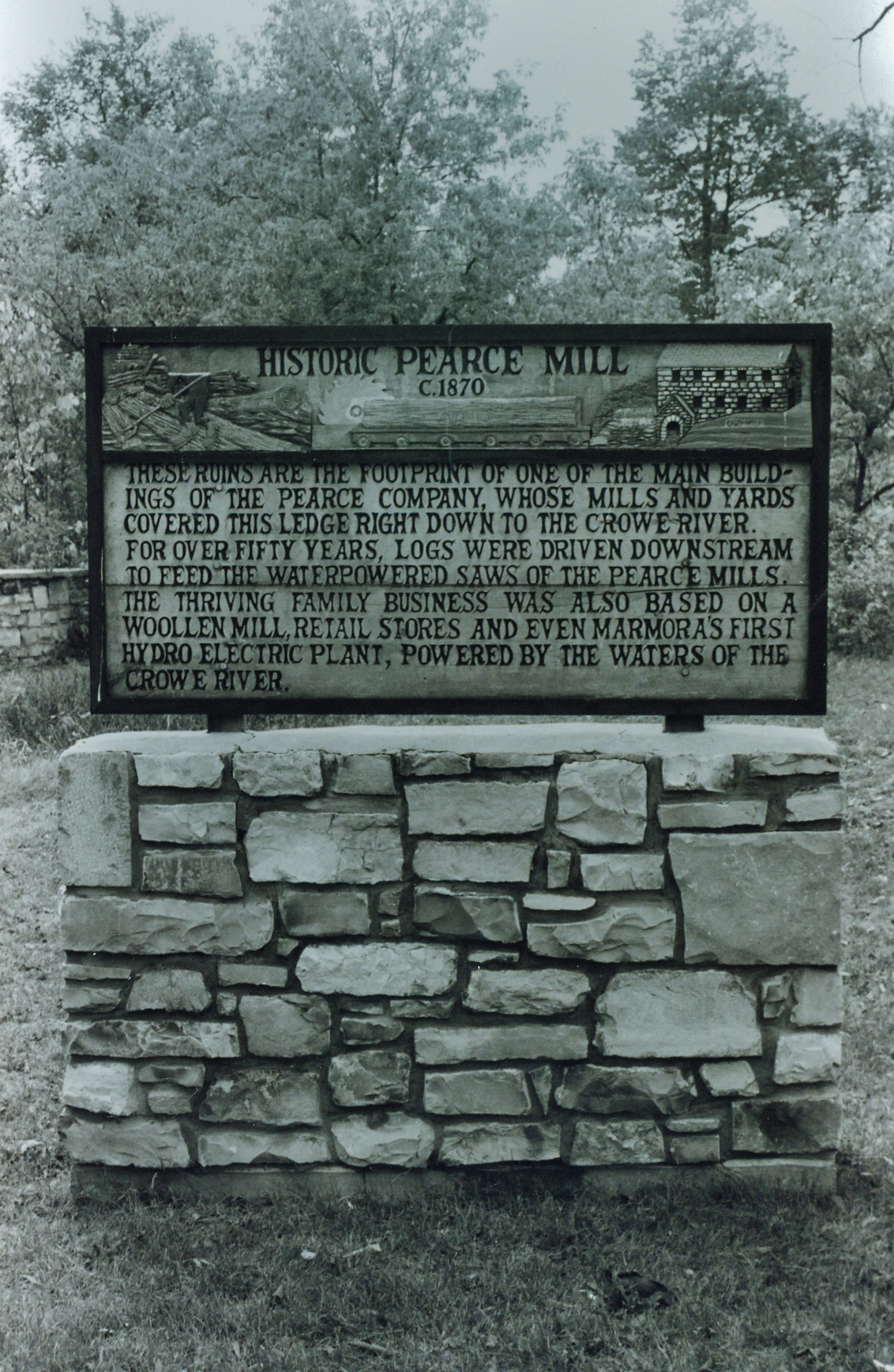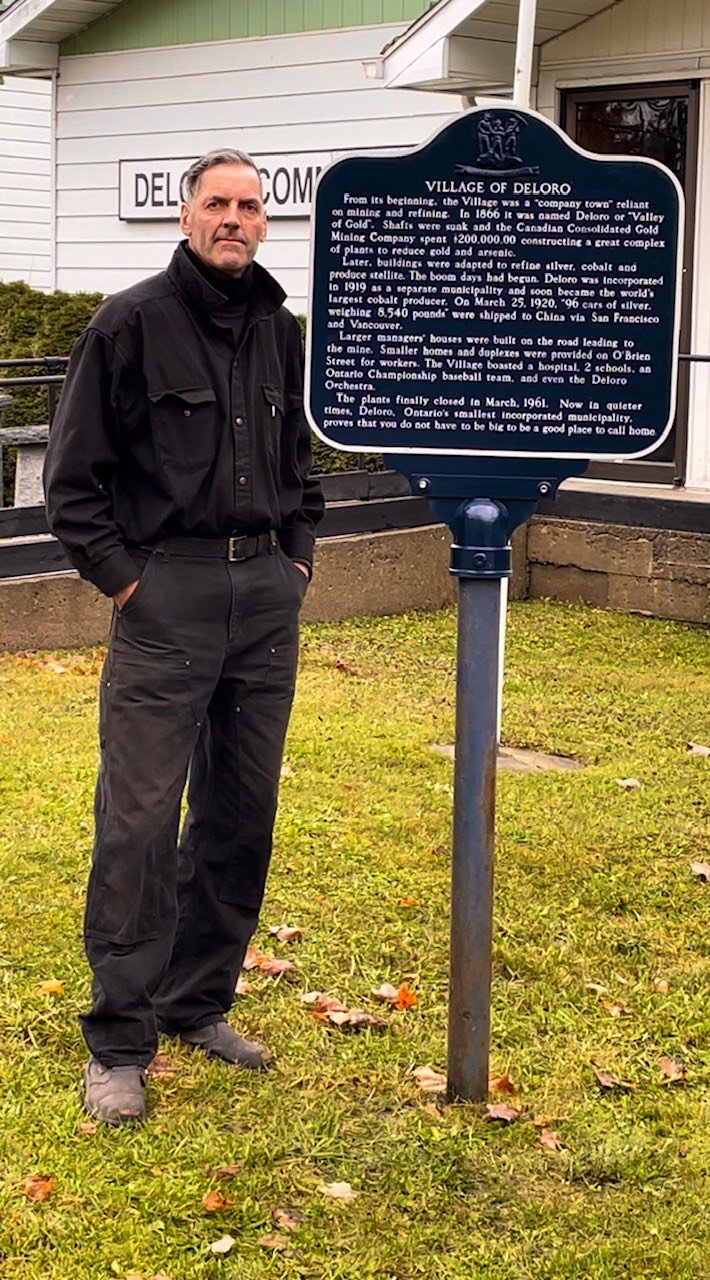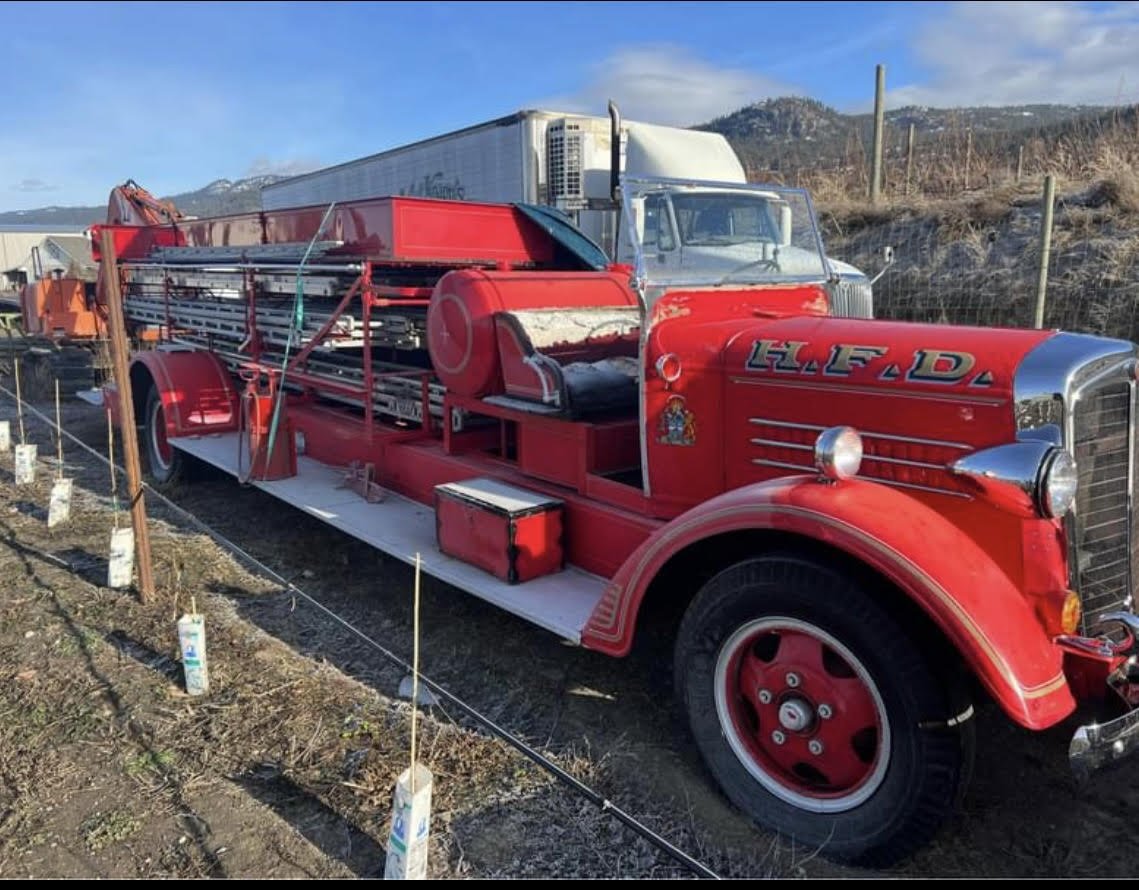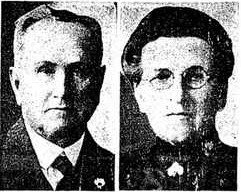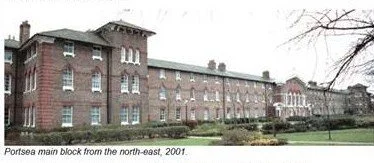Few things in Marmora have endured longer than the bank - our churches, some home and buildings, the Marmora Herald and headstones. The first bank was owned by A.W. Carscallen at 53 Forsyth St. The turn of the century saw the Sovereign bank, which became the Dominion Bank in 1908.
Banking in Marmora has survived through two world wars, was there through the building of the Town Hall in 1913 and the Memorial Building in 1928. It witnessed the change from the Canadian Red Ensign to the flag we know today.
As the backbone of the community, the bank lent councils money, bailed out the Protestant Cemetery in the '30's, financed the two arenas and our schools. When the Dominion Bank opened its doors in 1908, gold filled spectacles could be purchased through the Sears & Roebuck catalogue for $1.85, a 9 piece solid oak dining room suite could be had for $62.35, a Winchester repeating shotgun sold for $13.00 and men's wool and fleece long johns sold for 69 cents a pair. Marmora had dirt sidewalks and horse and buggy were the method of transportation. It wasn't until 1938 with the construction of the rock cut that highway #7 joined Marmora to the rest of Ontario.
That year the Montreal Wanderers beat Toronto Maple Leafs 6-4 for the Stanley Cup. The first gold sovereign was struck at the Royal Mint. The McLaughlin-Buick company was formed, using the McLaughlin body and the Buick engine, and Anne of Green Gables was published, promising to be one of the bestselling novels of that year.
